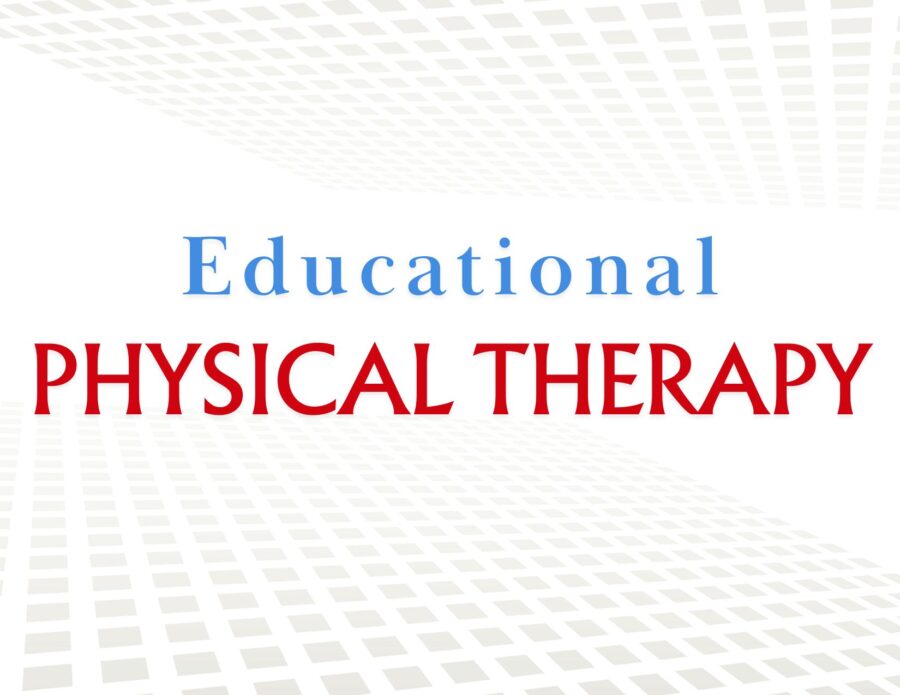Physical Therapy (PT) services is provided as a related service through the Individual with Disabilities Education Act (IDEA). PT services play a significant role in education, particularly in supporting students with disabilities. Physical therapists and physical therapist assistants work with students in school settings to provide the service. Also known as school-based physical therapy, PT helps students with physical challenges, developmental delays, or neurological conditions participate in school activities, promote physical well-being, and enhance the overall learning experience. So… what does a school-based physical therapist do?
Access
Physical therapists help students with disabilities develop motor skills necessary to access and navigate their school and classroom environment, such as stairs, ramps, and curbs. Helps students develop skills to move safely within the school and classroom environment.
Participate
Physical therapists help students participate in activities like physical education, field trips, and recess’ playground equipment. They also assist students with participating in classroom activities by addressing motor skills needed for sitting and standing.
Support
Provides interventions to improve motor skills, mobility, balance, coordination, posture, and strength for better participation in school activities. Works alongside special education team to create personalized goals.
Collaborate/Consult
Physical therapists work with teachers, parents, and other professionals to ensure students can access their educational program. Educate teachers on injury prevention, ergonomics, and healthy movement habits. Trains teachers on adaptive strategies and works with parents to extend therapy benefits beyond school into the home and community.
Adaptive Equipment & Assistive Technology
Recommends, trains, and/or works alongside teachers and students on using mobility aids (walkers, wheelchairs, braces, standers, etc). Suggests classroom modifications for accessibility, such as specialized seating or standing desks.
Physical therapy in education is important. Physical therapy helps students with disabilities achieve their gross motor educational goals. PT encourages participation and builds confidence in movement. It also helps students engage in social and recreational activities. Keep in mind, educational PT happens at school, not at home. Students have been known to receive both educational PT services and medical PT services. But, it is important to note that just because a student receives medical PT does not automatically guarantee educational PT. The primary focus of educational PT is developing those skills that impact a student’s academic performance. Whether a student qualifies for PT services is determined by an IEP team. What’s essential to know and remember is that PT is only as good as the student’s participation at school, teacher follow through at school, and parent follow through at home.
SES hopes this information helps teachers and parents gain a better understanding of the purpose behind PT services in the school environment.
RESOURCES
The Difference Between Educational Physical Therapy & Medical Physical Therapy


